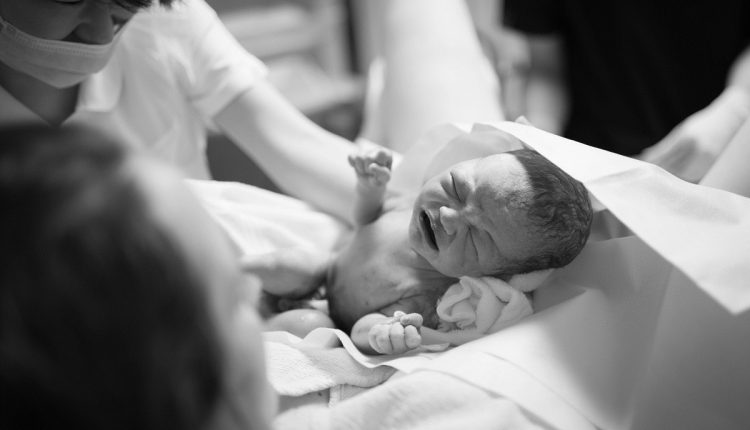
Cut With Caution: The Truth Behind Episiotomies
All around the world, the majority of childbirths occur through normal vaginal delivery. The expectant couple and clinicians both agree that this “natural” route should be undertaken when there are no health hazards to either the mother or baby.
It should, however, be noted that even a normal vaginal delivery may get complicated if labor gets obstructed due to the size or positioning of the baby. In such cases an episiotomy is performed which is a surgical cut made at the opening of the vagina, to enlarge the opening and facilitate the passage of the baby without rupturing the vaginal tissues. The rationale remains that a surgical cut is easier to stitch and takes lesser time to heal compared to an uneven tear in the tissues.
Episiotomies may help in many of these cases but should be considered as a separate surgical procedure, with its own set of indications, techniques, and complications.
Approximately half of all stillbirths and a quarter of neonatal deaths result from complications during labor and childbirth. Episiotomies may help in many of these cases but should be considered as a separate surgical procedure, with its own set of indications, techniques, and complications. By no means should it be considered as a standard part of the vaginal delivery procedure, because there are many vaginal deliveries which go smoothly without the need for an episiotomy.
Research shows that the burden of maternal and perinatal deaths is disproportionately higher in low-and-middle-income countries compared to high-income countries. This may be the reason why obstetricians in many developing countries remain cautious during childbirth and perform routine episiotomies in an effort to facilitate the passage of the baby. Clinical judgment of the obstetrician varies from one to another, but in some settings, episiotomies are performed without any justification. The obstetrician may be well intentioned but does not realize that these unnecessary stitches will cause the mother pain and discomfort long after the procedure.
Research shows that the burden of maternal and perinatal deaths is disproportionately higher in low-and-middle-income countries compared to high-income countries.
A study conducted on women who underwent episiotomies revealed that they took much longer to return to routine activities. Some women even complained about aesthetic deformities and how it affected their sex life. All the women in the study claimed they would have been better prepared for these changes if they had been informed about these post-episiotomy complications in the beginning.
During their pregnancy, women trust their obstetrician with their own lives as well as their unborn baby’s life. The obstetrician is the focal source of information and the decision maker in most cases. Therefore, to bring around a change in the culture of routine episiotomies, the obstetrician plays the most important role.
At the local level, all clinical staff including midwives, nurses, and doctors involved in obstetric practice should be educated about current clinical guidelines along with the rationale behind them.
A study conducted on healthcare professionals in South America, the Middle East, South-East Asia showed that a lot of clinical staff was unaware of the current clinical guidelines related to episiotomies. Based on their own experiences, they felt the episiotomy made the delivery easier for the staff and safer for the mother and baby. In Cambodia, a clinical practice had a financial motive behind performing episiotomies as they felt they could charge the patient more in this way.
The only way of reversing this culture of unnecessary episiotomies is through education of both the expectant couples as well as the clinical team.
At the local level, all clinical staff including midwives, nurses, and doctors involved in obstetric practice should be educated about current clinical guidelines along with the rationale behind them.
At the federal level, healthcare policies should give the episiotomies the same consideration as any other surgical procedure, which includes making it mandatory for informed consent to be taken before performing the procedure.
Through informed consent, patients will be educated about the advantages and disadvantages of the episiotomy and the mother can choose to accept or refuse the procedure as per her own judgment.
Globally, patient empowerment is rapidly gaining popularity and taking consent before episiotomies is another way in which decision making can be shared between the patient and doctor. This not only increases the accountability of the doctor but also ensures the patient is aware of their own clinical status and can contribute to their own well being.
References :
WHO recommendation on episiotomy policy — February 2018
https://extranet.who.int/rhl/topics/preconception-pregnancy-childbirth-and-postpartum-care/care-during-childbirth/care-during-labour-2nd-stage/who-recommendation-episiotomy-policy-0
Image Source: sheknows.com

